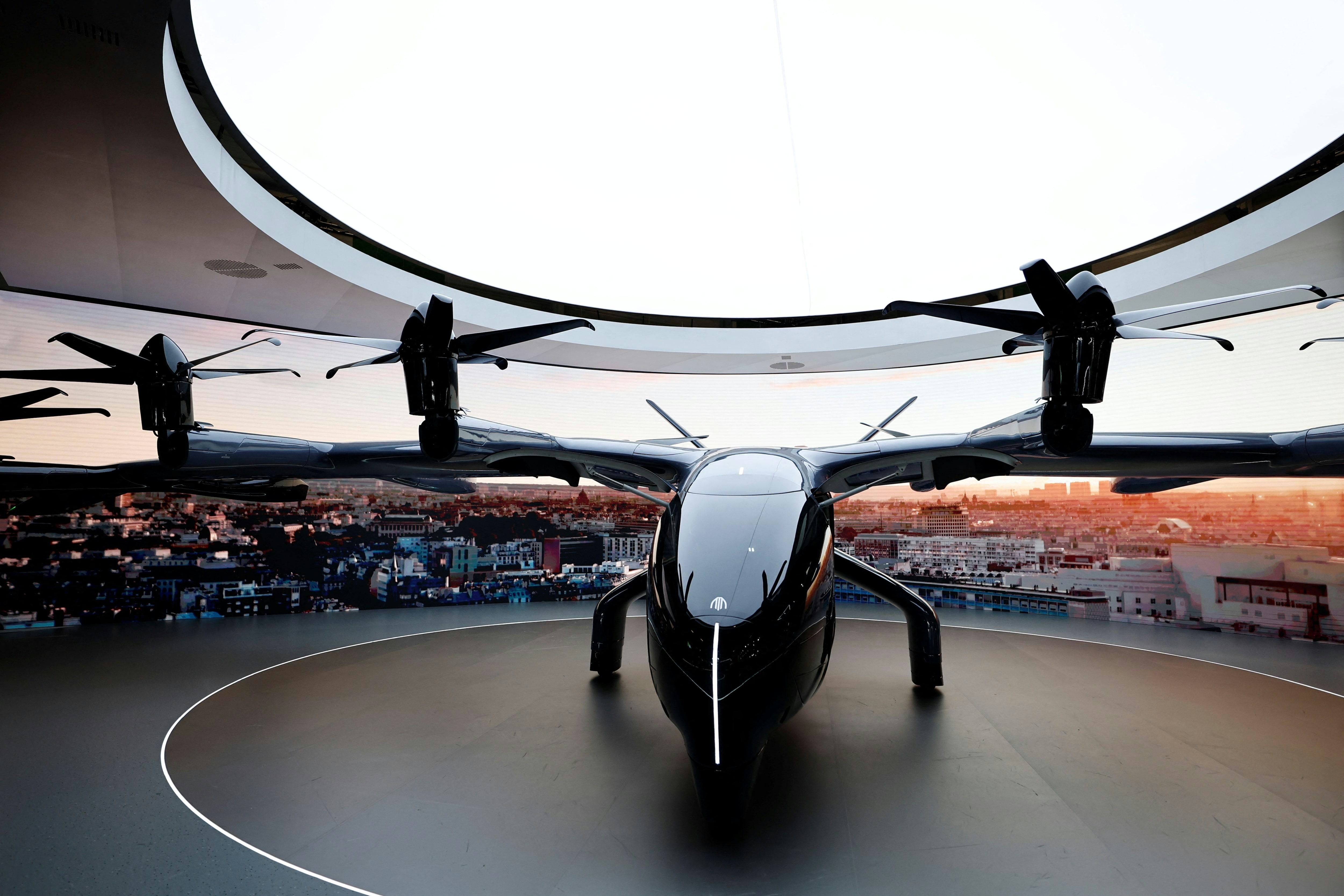
AeroGenie - مساعد الطيار الذكي الخاص بك.
الرائج الآن
Categories
Up to 60,000 Pilots May Be Needed for Air Taxis by 2028
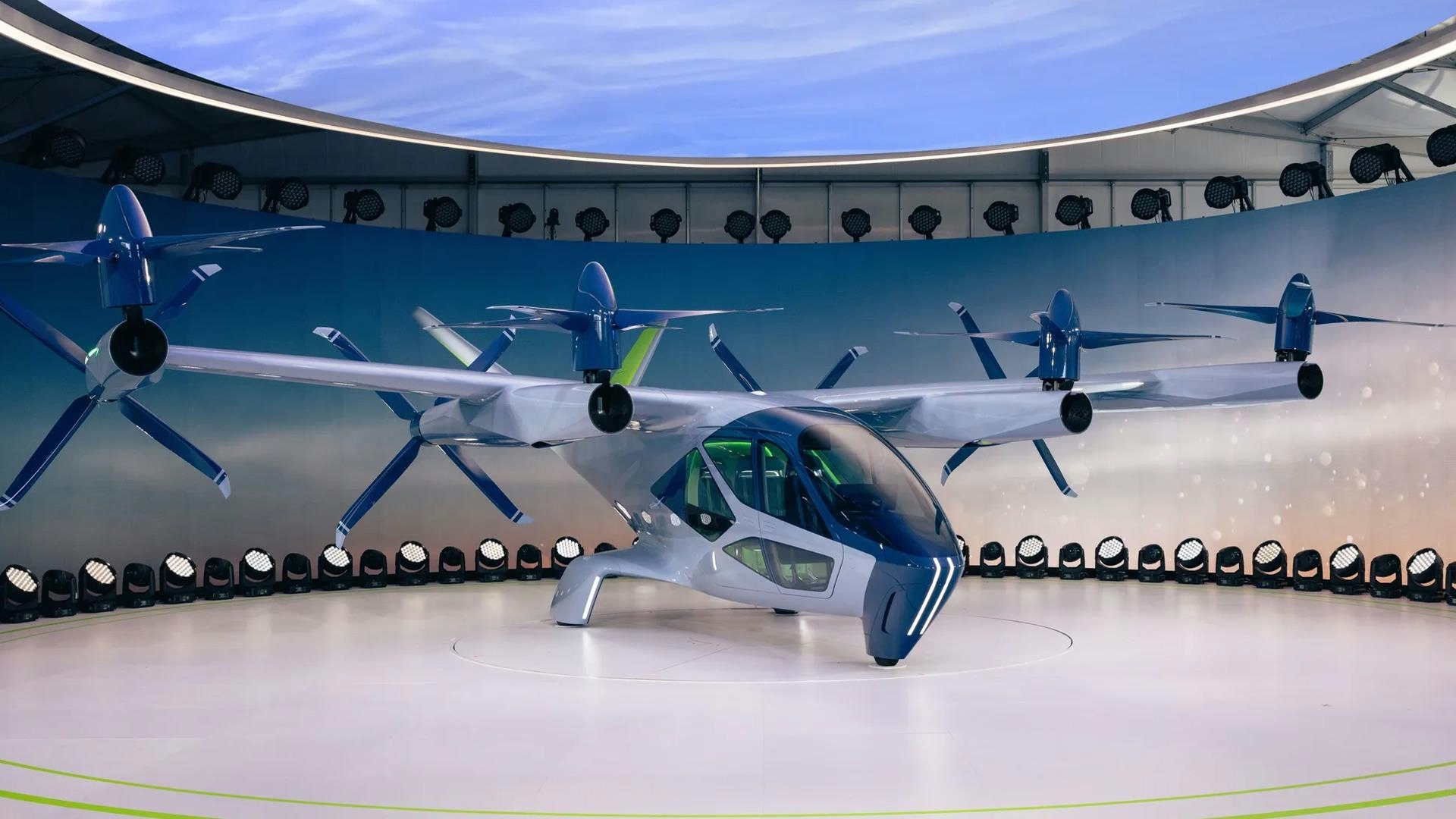
Up to 60,000 Pilots May Be Needed for Air Taxis by 2028
The burgeoning electric vertical takeoff and landing (eVTOL) air taxi industry is poised to encounter a significant pilot shortage, with estimates suggesting that as many as 60,000 pilots could be required worldwide by 2028. These innovative aircraft, which combine helicopter-like vertical takeoff and landing capabilities with airplane-style cruising, necessitate specialized pilot expertise and the development of new regulatory frameworks to ensure safe and efficient operations.
Projected Demand and Training Challenges
Industry forecasts vary considerably, with some projections indicating a need for over 19,000 eVTOL pilots by 2030, while more optimistic assessments anticipate demand reaching 60,000 within the next four years. Addressing this substantial pilot requirement will demand extensive training programs and certification processes tailored to the unique operational characteristics of eVTOL aircraft. The sector must adapt quickly to these challenges to support the anticipated growth in urban air mobility.
Regulatory bodies are actively responding to these emerging needs. The U.S. Federal Aviation Administration (FAA) has recently finalized rules permitting single-pilot certification for eVTOLs, introducing new training protocols that incorporate advanced flight simulators designed specifically for this novel “powered-lift” category. These regulatory advancements are critical to establishing standardized pilot qualifications and ensuring safety as the industry scales.
Market Developments and Regulatory Hurdles
The expected surge in pilot demand is already shaping market dynamics. Companies such as Skyports are accelerating the development of infrastructure, including Korea’s first eVTOL vertiport network, to accommodate the anticipated expansion of air taxi services. Established aviation firms are also making strategic investments to strengthen their positions in this evolving market. For instance, SkyWest’s investment in Maeve Aerospace, a developer of hybrid-electric aircraft, highlights the increasing competition and collaboration within the sector.
Despite the promising outlook, the rapid growth of the air taxi market faces significant obstacles. Regulatory and legal complexities remain a major concern, as demonstrated by recent challenges encountered by companies like Liquidia. These issues underscore the necessity for robust legal strategies and meticulous navigation of certification processes. As the industry advances toward commercialization, securing a sufficient number of qualified pilots and overcoming regulatory barriers will be essential to fulfilling the potential of urban air mobility.
With the eVTOL sector on the cusp of rapid expansion, companies are engaged in a competitive race to train pilots, build necessary infrastructure, and establish clear legal and regulatory pathways, all while vying for a share of the emerging air taxi market.
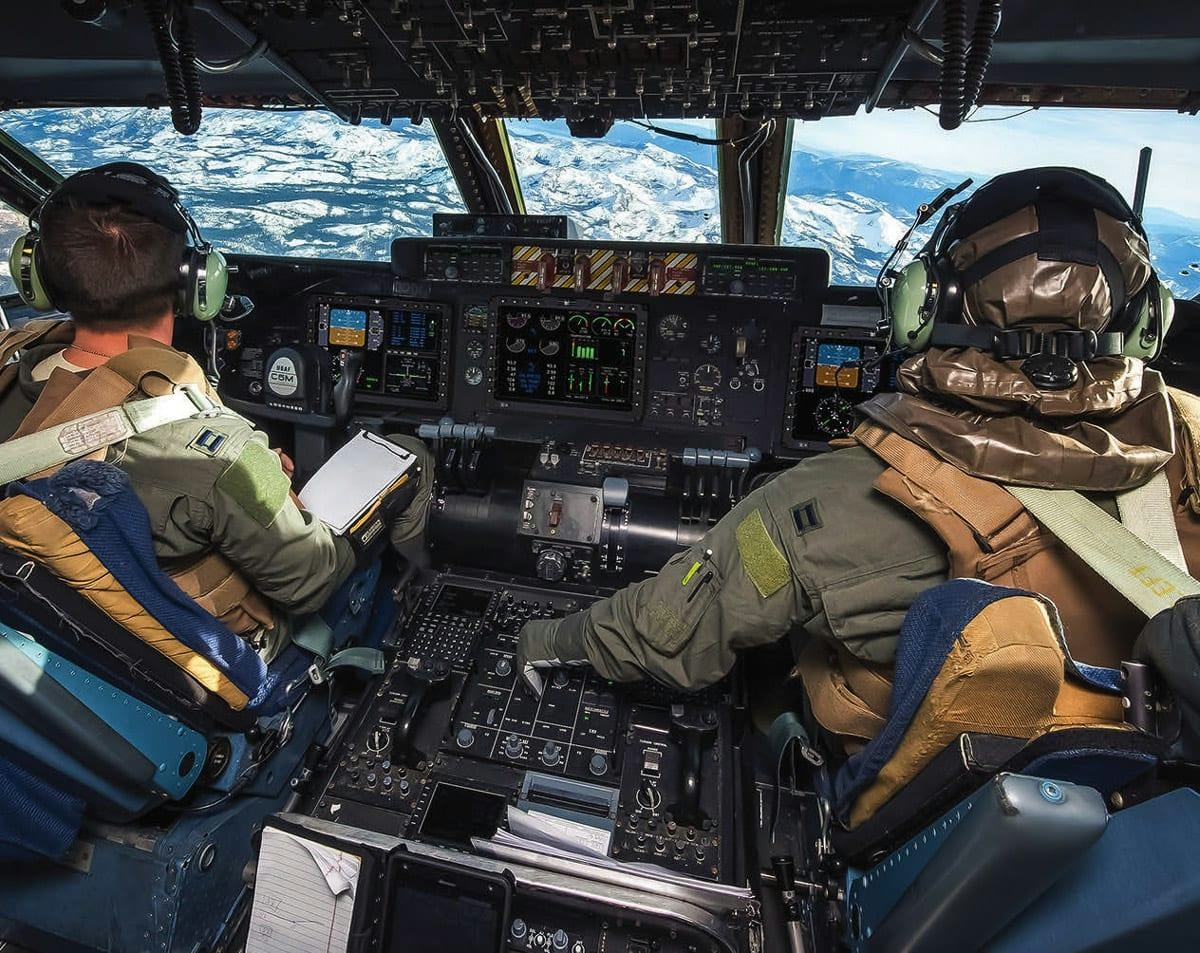
Defense Aviation Adopts Commercial Innovations
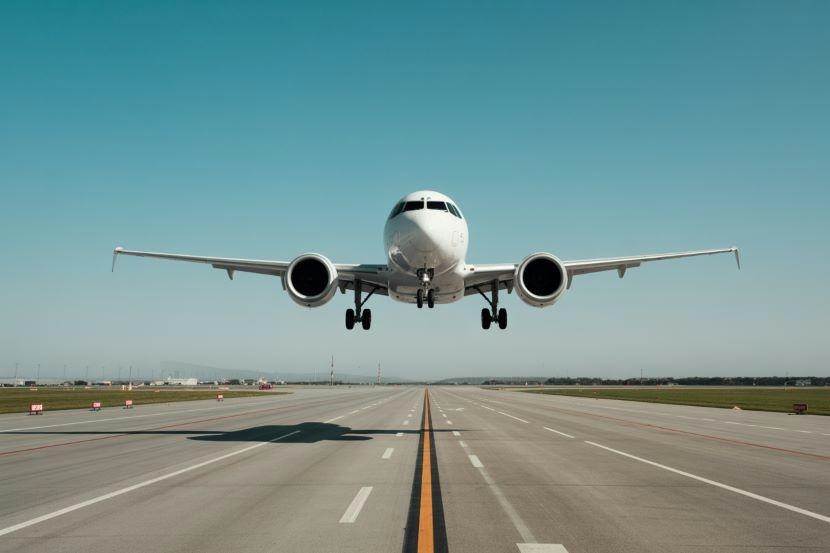
MedAire’s Alert Platform Enhances SolitAir’s Role in Aviation Security Innovation
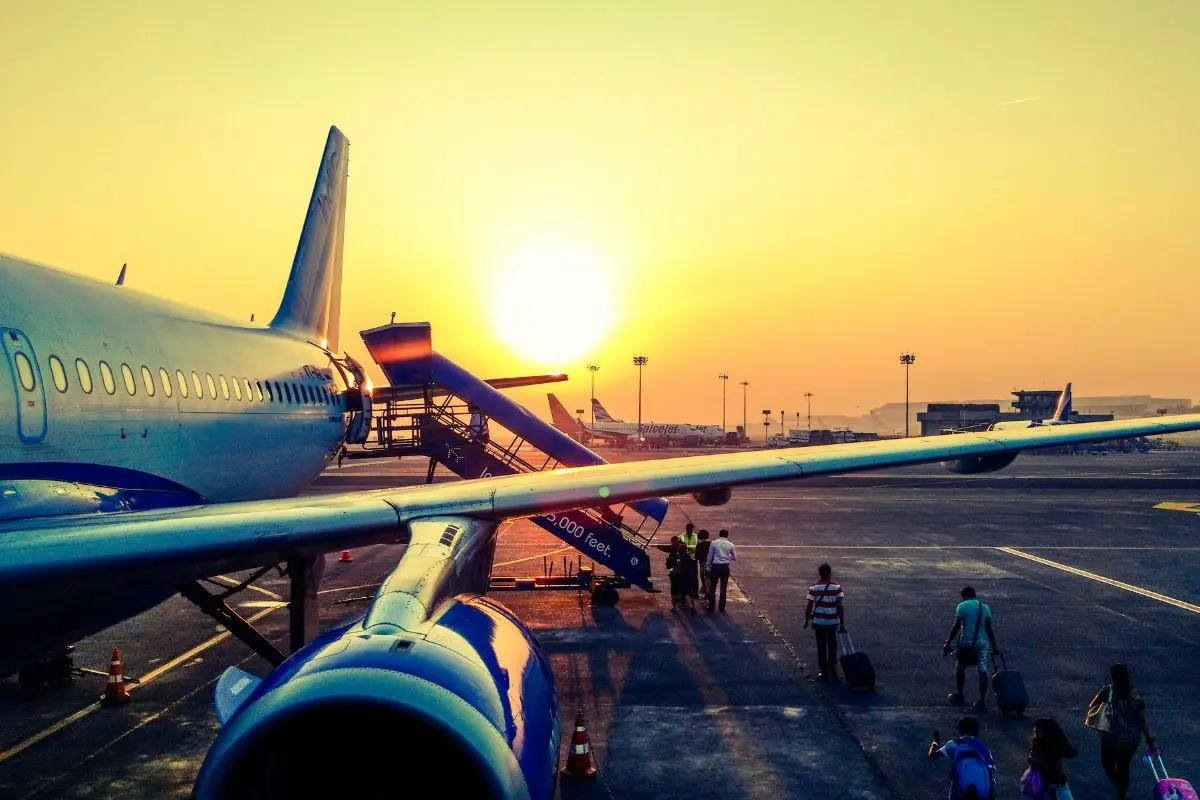
India Faces Shortage of 30,000 Pilots Amid Growing Fleet, Aviation Minister Calls for Urgent Training
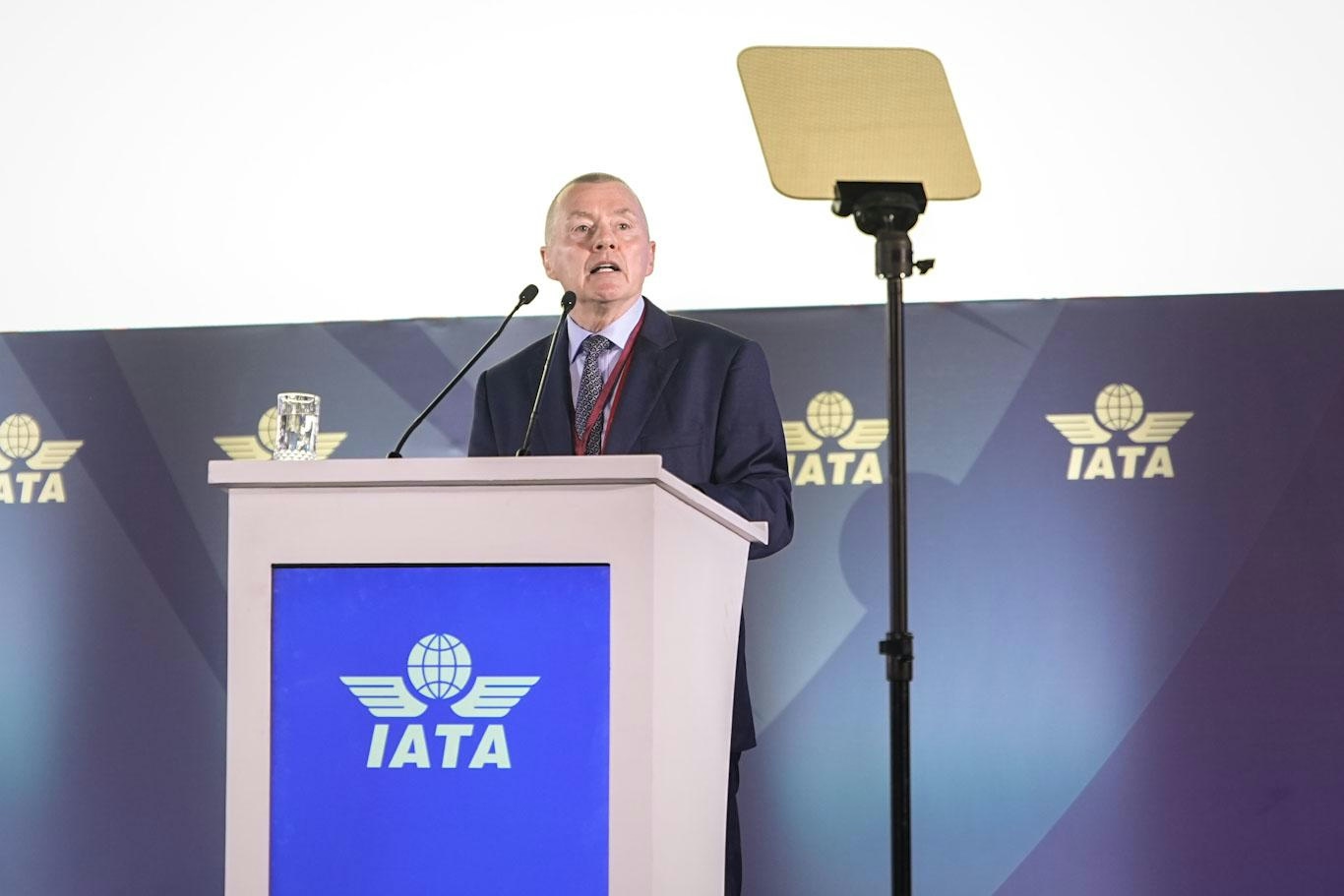
IATA Chief Calls for Fair Compensation for Airlines Amid Supply Chain Challenges
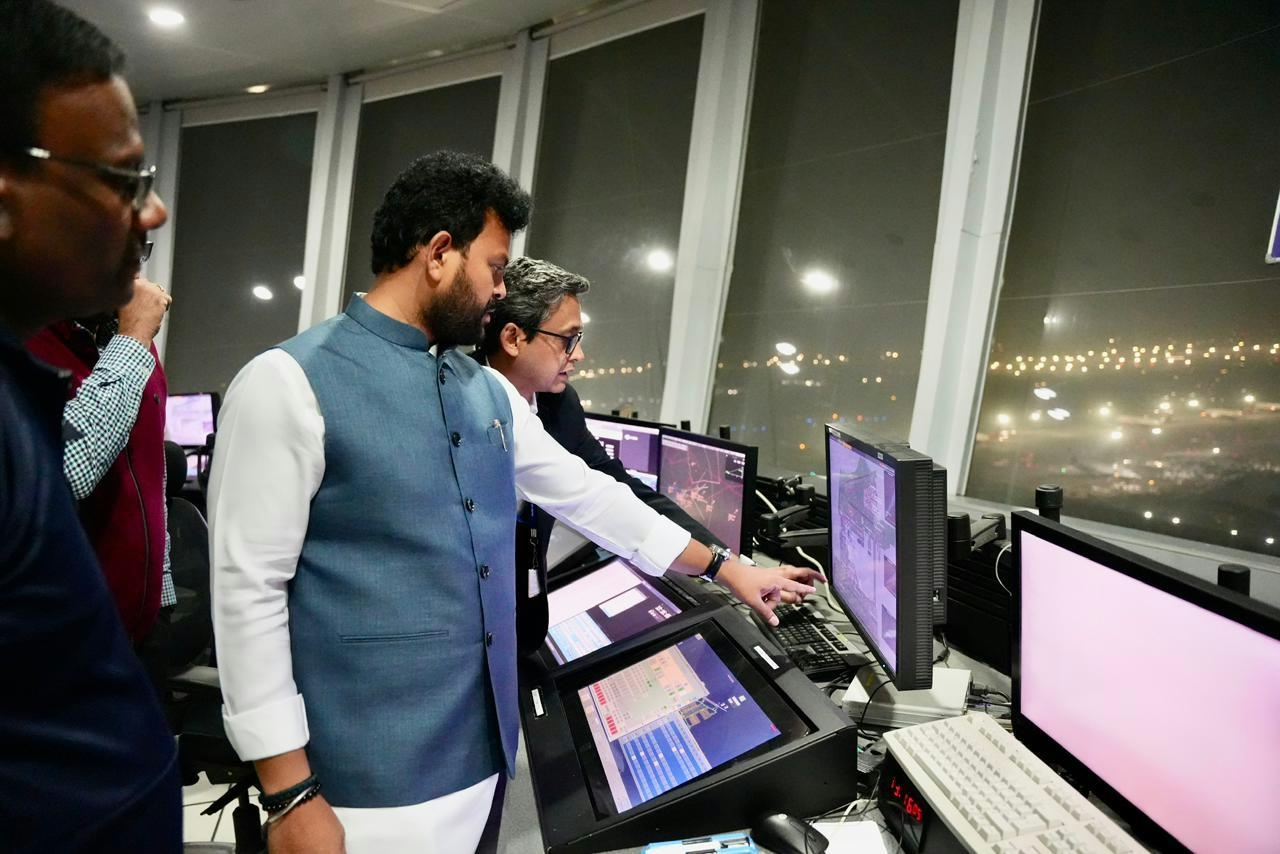
AAI Unveils Pavilion Highlighting India’s Aviation Advances at IITF 2025
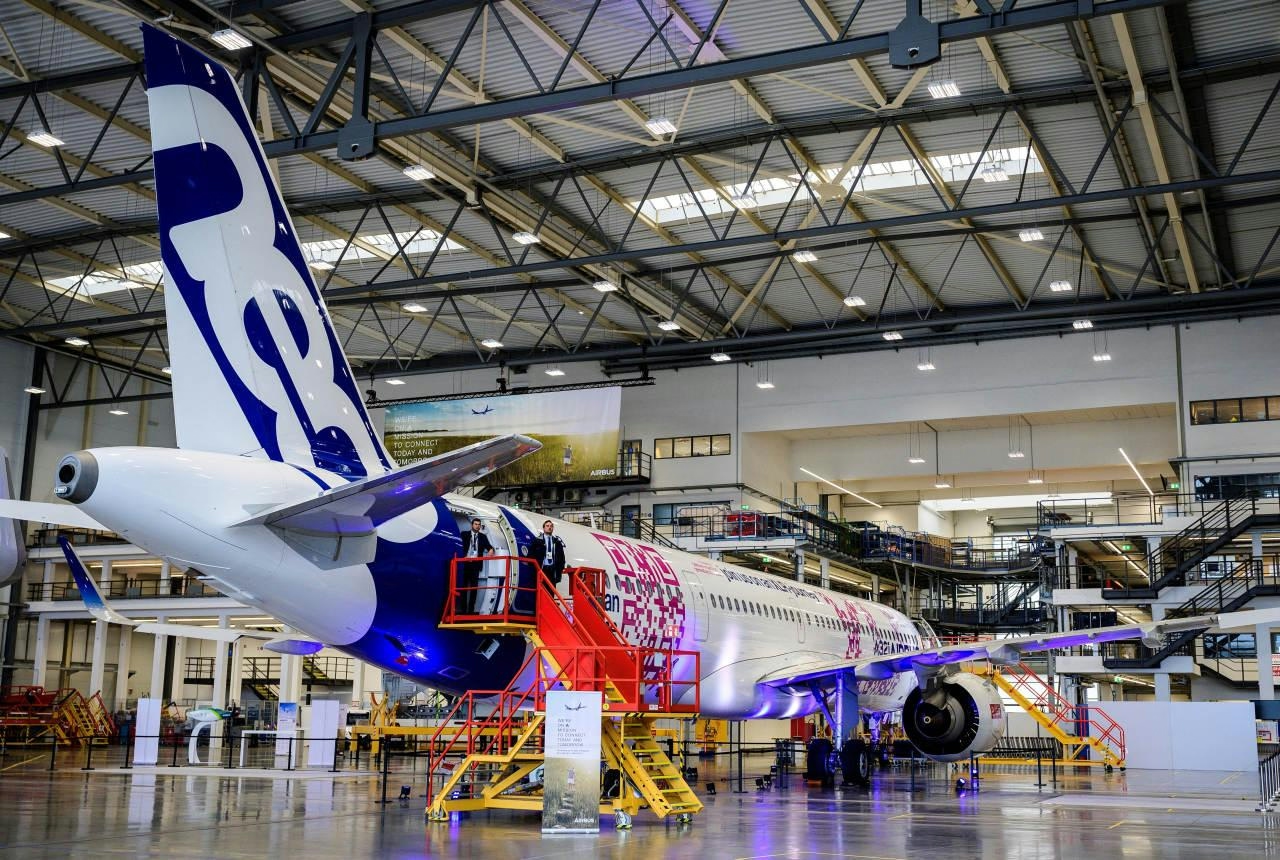
Airbus Projects Asia-Pacific Will Need Nearly 20,000 New Planes Over 20 Years
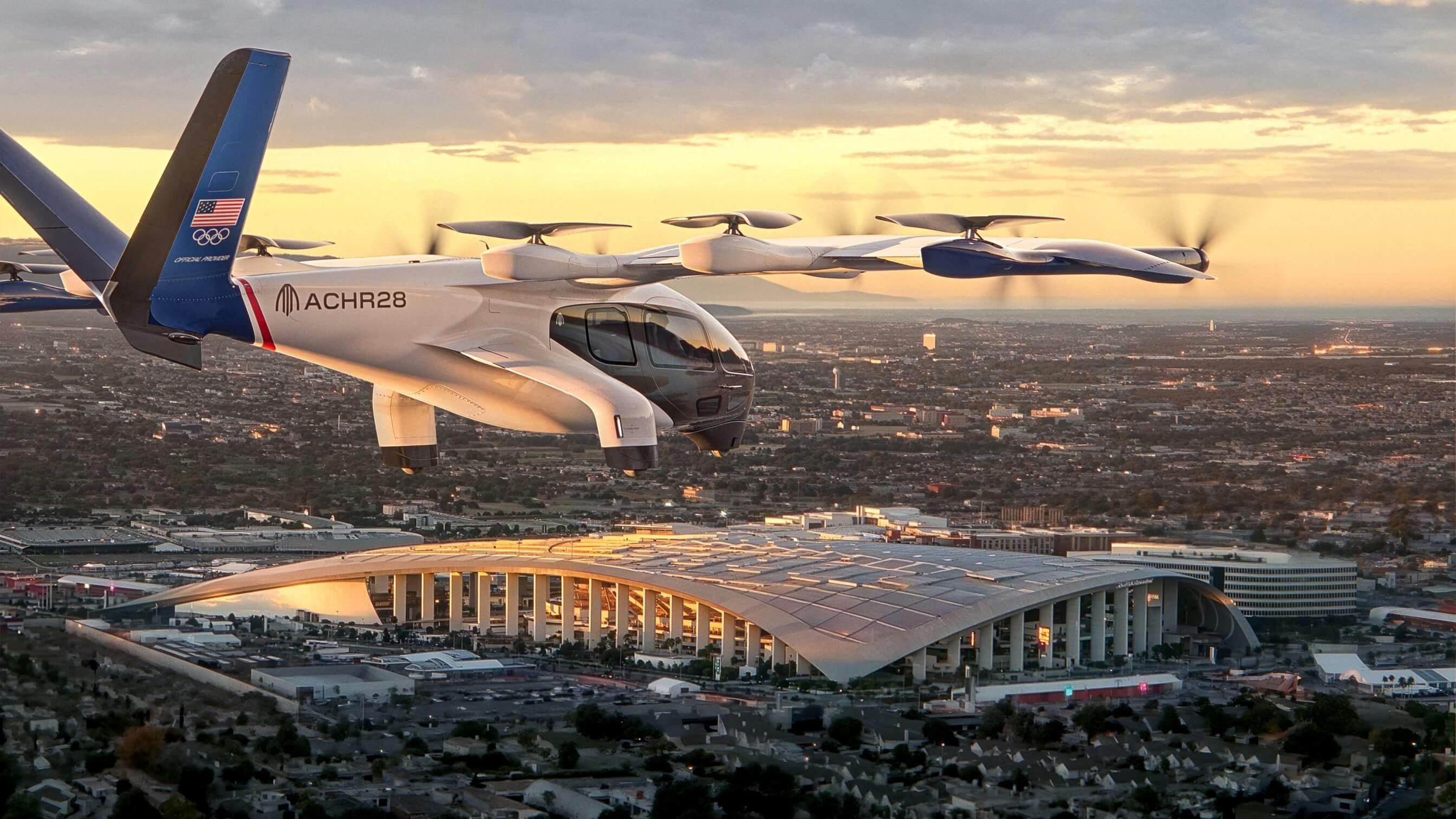
Archer Midnight Air Taxi Launches Silent City-to-Airport Flights in 2026
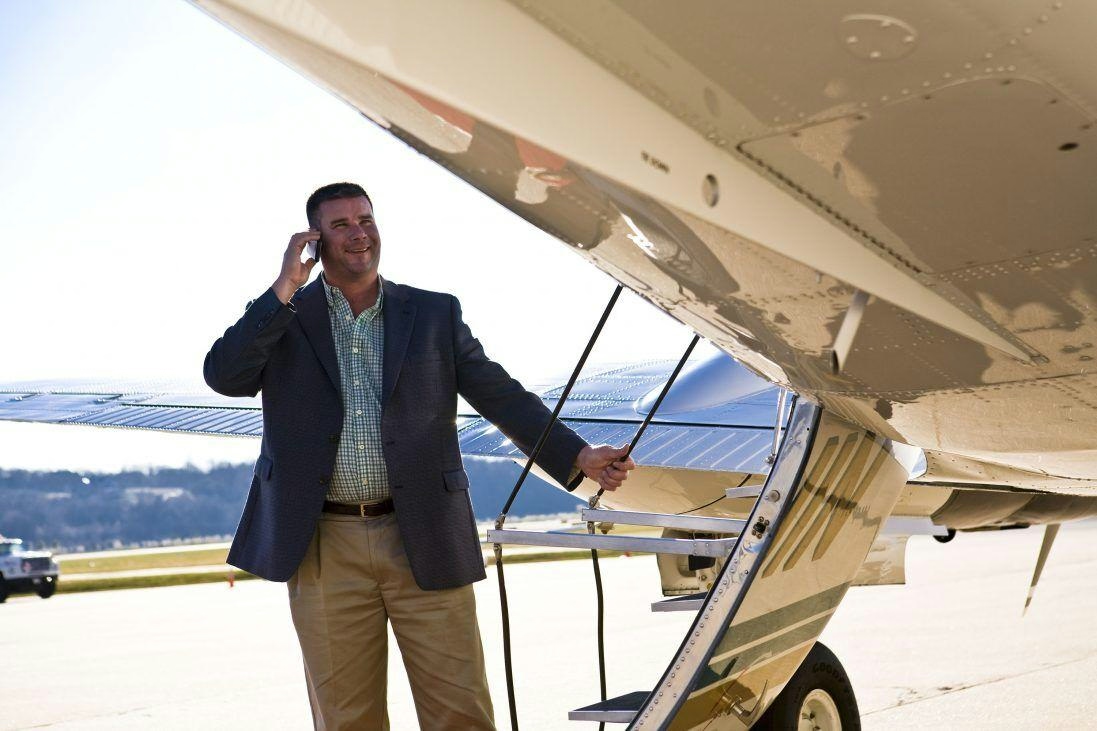
Aircraft Leasing Companies Offer Potential Benefits for Investors
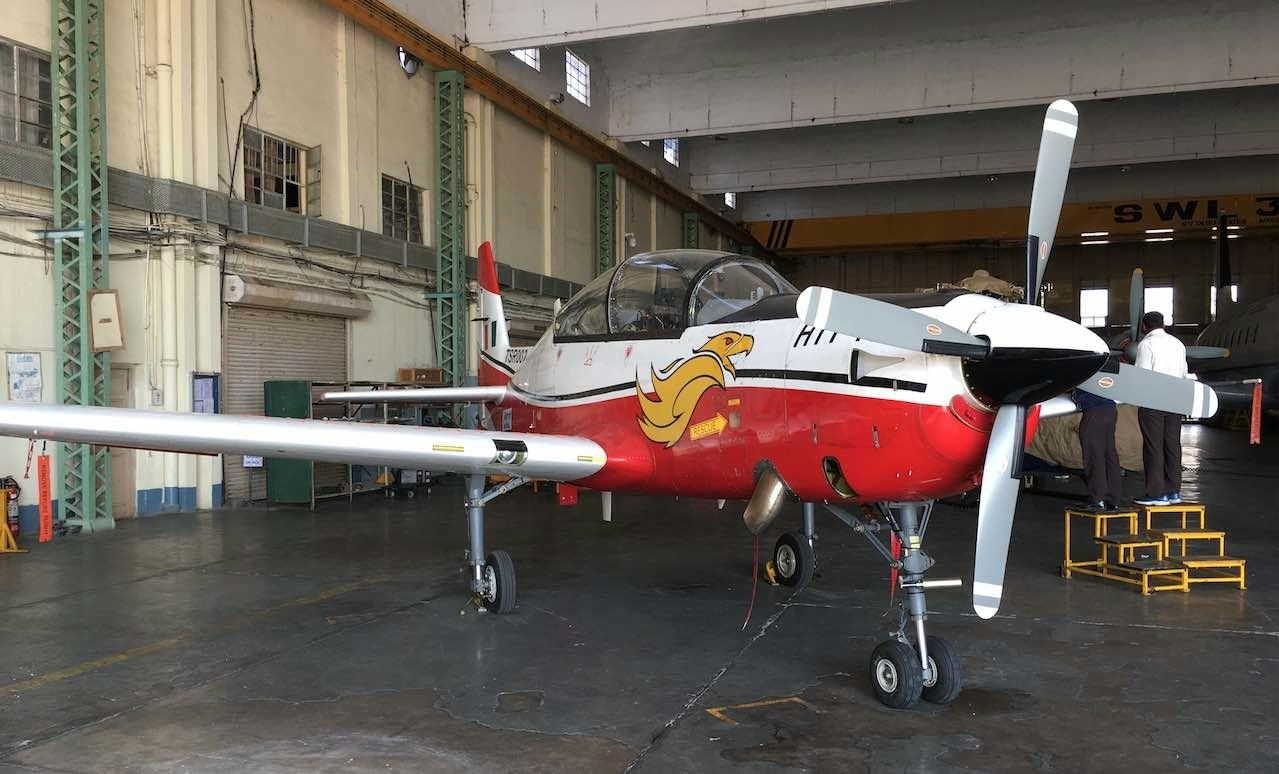
HAL Increases Production Ahead of HTT-40 Delivery
